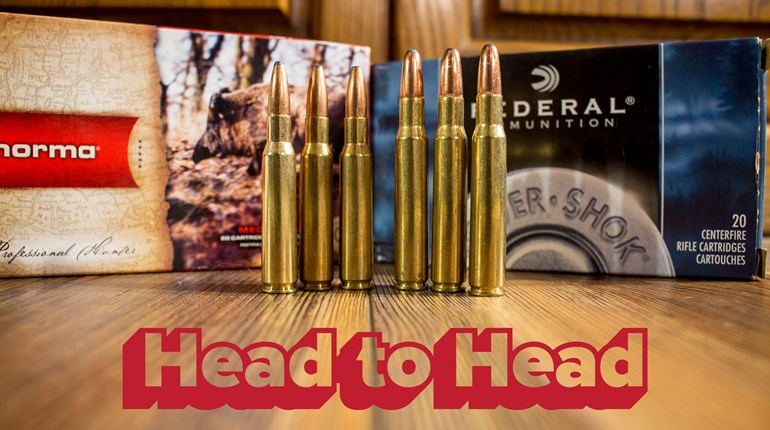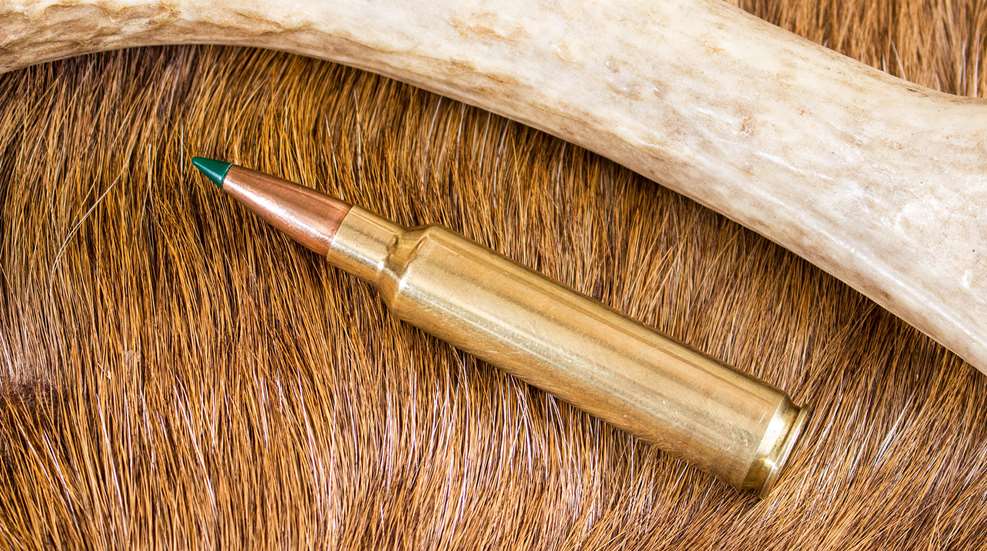
If the magnum-mania of the mid-to-late 20th century was marked by the use of the Holland & Holland belted, rimless cartridge cases, the 21st century designs have predominately moved away from that belt, using the beltless .404 Jeffery, .416 Rigby and others as the basis of construction. Many shooters feel that belt—used for headspacing the cartridge, not for any additional strength—is a hindrance instead of a positive attribute. The cases tend to stretch in front of the belt, weakening the case after a number of firings, and that a cartridge designed to headspace off the shoulder would not only enhance concentricity, and therefore, accuracy. The Winchester Short Magnum and Remington Ultra Magnum families (introduced around the turn of the century) were both loosely derived from the .404 Jeffery case, through the Canadian Magnums and Remington Ultra Magnum, and the .338 Lapua descended from the .416 Rigby.
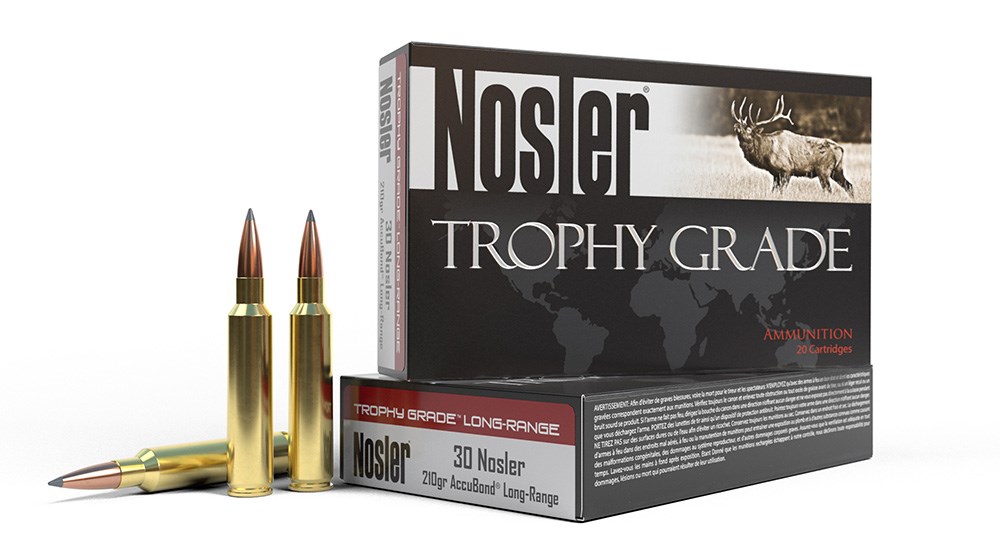
Nosler—long famous for their premium component bullets—entered the cartridge realm in 2014 with the release of their 26 Nosler, a speed demon based off the .404 Jeffery case, with the body taper removed and shortened to fit in a standard long-action receiver. Two years later, Nosler introduced the third cartridge in their line, the 30 Nosler. It seems that any new cartridge ends up with a .30-caliber variant, and that’s not a bad thing at all, as .30-caliber projectiles have long been America’s favorite. Like the 26 Nosler, the 30 Nosler is a speedy cartridge, being roughly on par with the performance of the .300 Weatherby Magnum, yet has the advantage of the shorter, lighter and more affordable receiver.
Nosler uses a 35-degree shoulder on their lineup of big-game cartridges, and has modified the rim diameter to better fit in the H&H-diameter bolt face. The case measures 2.556 inches, maintaining the 3.340-inch cartridge length which usually defines the limits of a long-action magazine. If this formula sounds vaguely familiar, the Dakota series of cartridges are (or were) a similar concept, though they seem relegated to history. Where the .300 Winchester Magnum was touted to deliver the ballistics of the .300 H&H Magnum, but in a long-action receiver instead of a magnum receiver, the 30 Nosler is comparable to the speedier .300 Weatherby Magnum. Bettering the muzzle velocity of the .300 Winchester Magnum by about 150 fps, the 30 Nosler will drive the 180-grain bullets at a muzzle velocity of 3100 fps, yet that number is 100 to 150 fps below the advertised muzzle velocity of the .300 Weatherby, and slightly behind that of the .300 PRC.
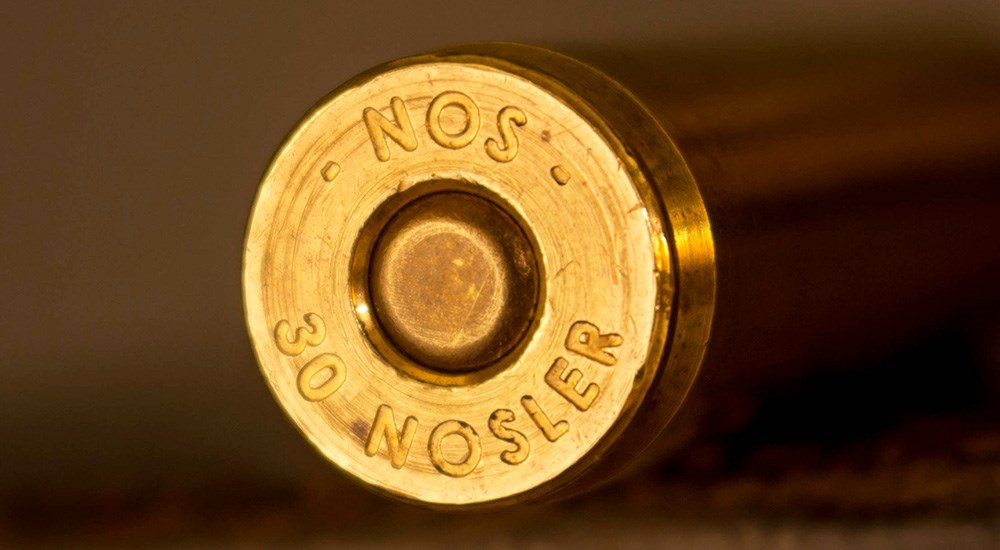
Americans love .300 Magnums in just about any form, and even the rarest of the lot will still have a small—though passionate—following. Looking at the factory loads for the 30 Nosler, you will see it loaded with projectiles on the heavier side of the spectrum, starting with the 180-grain bullets and topping off with the 210-grainers. Being honest, when you have a cartridge with this type of velocity potential, the heavier bullets make a logical choice for both their sectional density (SD) and ballistic coefficient (BC) values. To take advantage of the long range capabilities of the 30 Nosler, the AccuBond, AccuBond Long Range and Custom Competition bullets are loaded in their ammunition line, while the Partition is also represented for more traditional shots. Using the 200-grain AccuBond load at a muzzle velocity of 3000 fps, and a 200-yard zero, you’ll see a trajectory similar to the .300 Win. Mag. with 180-grain bullets, striking 6.3 inches low at 300 yards, 18 inches low at 400 yards and 36 inches low at 500. The 200-grain AccuBond will retain over 2,200 ft.-lbs. of energy at the 500-yard mark.
Where my .300 Winchester Magnum shows a definite preference for the 180-grain bullets, I like the 200-grain bullets in the 30 Nosler; the additional bullet weight and BC is well-served by the case capacity of the Nosler design, and it helps retain energy downrange as well as resists the effects of wind deflection. Nosler also offers the 210-grain AccuBond Long Range also at a muzzle velocity of 3000 fps, retaining about 200 ft.-lbs. more energy at 500 yards. Bottom line? The 30 Nosler makes a sound choice for hunting game at longer ranges.
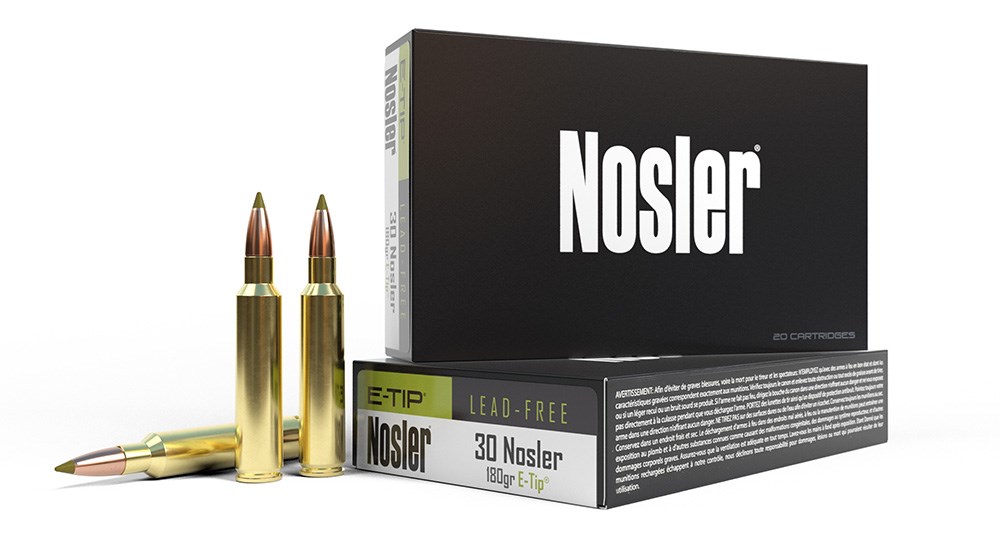
It has proved to be a consistent and precise design—we throw around the term “accuracy,” but “precise” is much more correct—printing sub-MOA groups almost routinely from both factory ammunition and handloads alike. For the reloaders, you’ll definitely want a large rifle magnum primer and a slow burning powder; IMR 7828, IMR 7977, Retumbo, Reloder 22, Reloder 23, and Reloder 25 and 26 are all sound choices. For the 30 Nosler, I like a 26-inch barrel, to maximize the performance of a powder charge of this magnitude, which can exceed 85 grains of powder in some instances.
While it does compare very well with other .300 magnums, one of the issues with the 30 Nosler is that only Nosler provides ammunition for it, unless you go to a boutique ammo company. Unlike the 28 Nosler—which has been adopted by Browning, Federal and Hornady—the 30 Nosler, 26 Nosler, 27 Nosler and 33 Nosler remain proprietary. I have used them all, either in the field or at the range, and have found the entire lineup to be well-designed, very consistent in group size and velocity, and terminally effective, so long as the bullet weight and bore diameter is appropriate for the game animal at hand. I’m hoping that the entire Nosler line can hold enough ground to stay around.
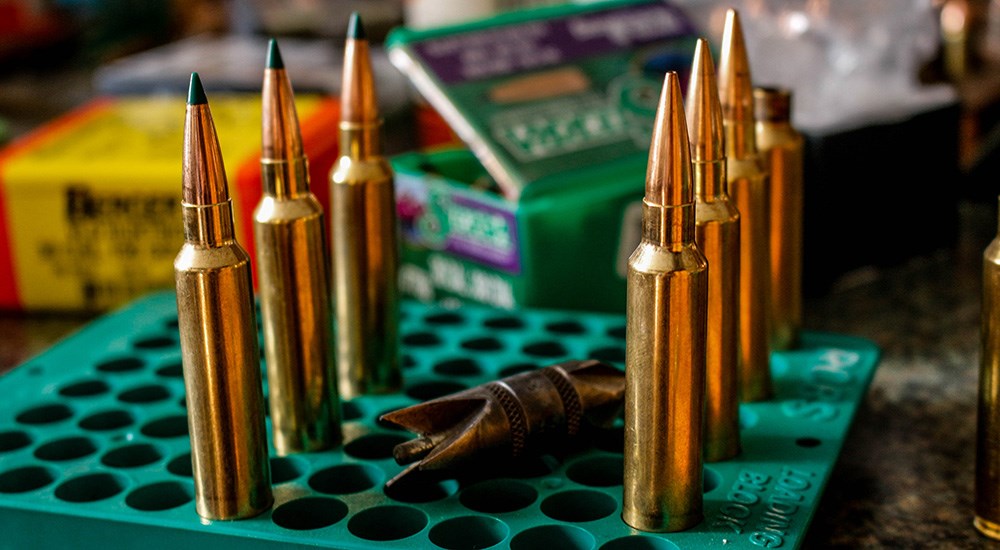
Where the .300 PRC is loaded to a slightly lower muzzle velocity than the 30 Nosler, it is loaded by both Hornady (who developed it), and now by Federal and Berger. However, if you’re a velocity hound, the 30 Nosler is among the fastest .30s housed in a long-action receiver. If the belted H&H case bothers you (and I’ll say that I don’t mind it at all), or if you feel the short neck of the .300 Winchester Magnum is a hindrance, perhaps the 30 Nosler is a cartridge worthy of your attention. It’ll surely reach across the canyon to take that bull elk cleanly, or handle any ram the mountains ever held.
Looking for previous installments of our "Behind the Bullet" series? We've got you covered.
• 7-30 Waters
• .370 Sako Magnum
• .17 HMR
• 6.5 Weatherby RPM
• .327 Federal Magnum
• .450 Bushmaster
• 7mm PRC
• .275 Rigby
• .340 Weatherby Magnum
• .416 Ruger
• 27 Nosler
• .257 Roberts
• 7mm Weatherby Magnum
• .300 PRC
• .350 Rigby Magnum
• .450 Nitro Express
• .17 Hornet
• 7mm STW
• 6.8 Western
• .375 Ruger
• .223 Remington
• 6.5x55 Swedish
• .416 Remington Magnum
• .300 Winchester Short Magnum
• 28 Nosler
• 6.5 PRC
• .22 WMR
• .458 Winchester Magnum
• .22 Hornet
• .280 Ackley Improved
• .240 Weatherby Magnum
• .458 Lott
• .264 Winchester Magnum
• .348 Winchester
• 33 Nosler
• .260 Remington
• .30-30 Winchester
• .416 Rigby
• .358 Norma Magnum
• .22 LR
• 7mm-08 Remington
• 8mm Remington Magnum
• .338 Federal
• .224 Valkyrie
• .338-06 A-Square
• 9.3x62mm Mauser
• .257 Weatherby Magnum
• .45-70 Government
• .300 H&H Magnum
• .25-06 Remington
• .30-06 Springfield
• 6.5 Creedmoor
• .300 Remington Ultra Magnum
• 7mm Remington Magnum
• .470 Nitro Express
• .280 Remington
• .300 Winchester Magnum
• .270 Winchester
• .222 Remington
• .45 ACP
• .404 Jeffery
• .44 Remington Magnum
• .41 Remington Magnum
• .243 Winchester
• .338 Winchester Magnum
• .357 S&W Magnum
• 6.5-284 Norma
• 8x57 Mauser
• .38 Smith & Wesson Special
• 7x57mm Mauser
• 9mm Luger
• .35 Whelen
• .454 Casull
• .375 H&H Magnum
• .45 Colt
• .22-250 Remington
• 10mm Auto
• .308 Winchester














